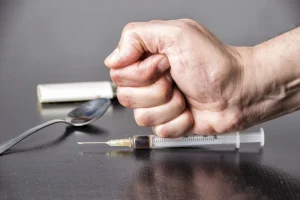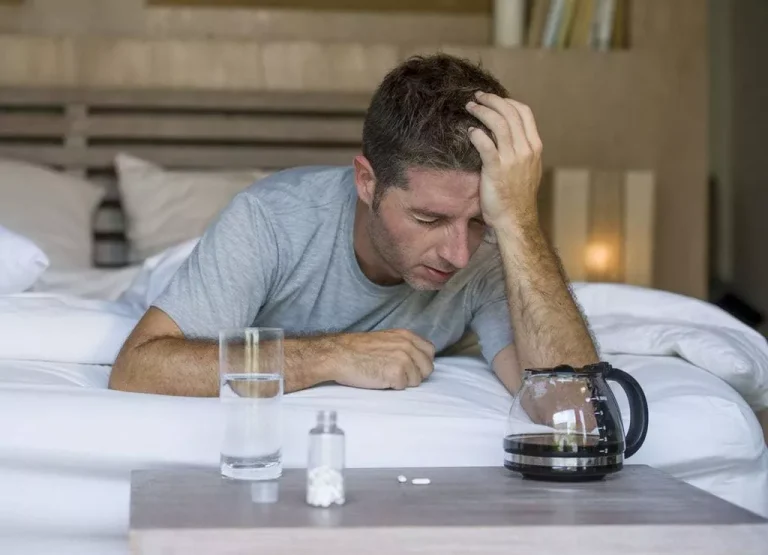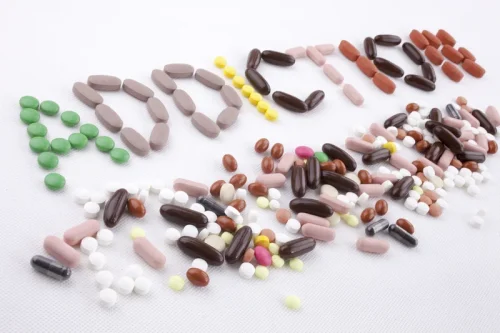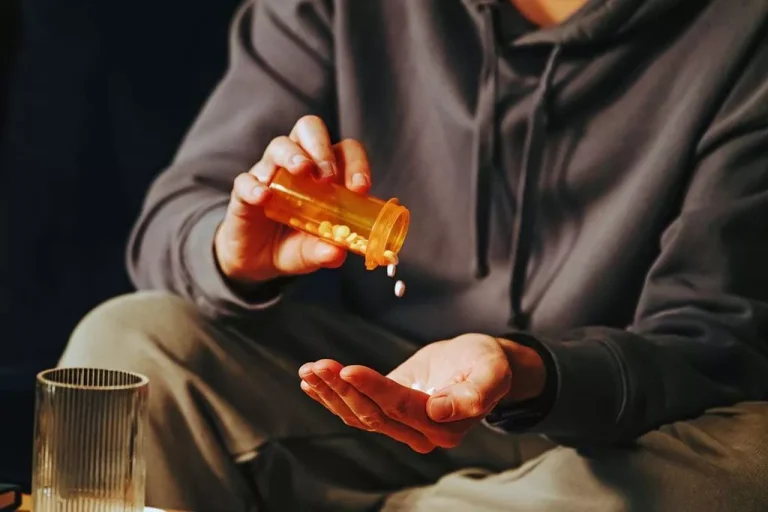
The physical symptoms of HPPD are a type of “flashback” similar to what you might experience with Drug rehabilitation post-traumatic stress disorder (PTSD), except it’s visual and not always distressing. Both anxiety disorders and HPPD can involve anxiety, restlessness, and difficulty concentrating. However, anxiety disorders do not typically include visual disturbances, which are a hallmark of HPPD. Physical symptoms such as a racing heart or shortness of breath are common in anxiety disorders but not in HPPD.

4. Mental Illnesses Comorbid with HPPD

Additionally, marijuana is the most commonly used drug in the United States, but reports of HPPD among marijuana users are uncommon. Naltrexone has been usually used, alone or with other medications, in chronic patients with continuous visual imagery that hppd symptoms previously did not respond to other medications 17,18. A latent period may antecede the onset of returning visual occurrences.
Understanding HPPD: Diagnosis, Treatment, and Support
All patients had their drug history recorded; however detailed timelines between use of illicit substance and onset of HPPD symptoms was not available. The type of investigations performed varied, and two https://ecosoberhouse.com/ patients had no neuroimaging or ophthalmic testing performed. Throughout the years HPPD and the term “flashbacks” has been used interchangeably, leading to much confusion, lumping together an extremely serious condition, with that of a benign and temporary occurrence. Flashbacks are a transient and intermittent re-experience of perceptual changes reminiscent of a previous psychedelic state. These occurrences do not happen often, do not last long, and do not produce anxiety or unease in the experience. HPPD conversely, is the continuous and often long term presence of disturbances in visual and sensory perceptions.

Available treatment options
Twenty-four visual symptoms were specified based on DSM-5 HPPD diagnostic criteria (3) and a summary of common symptoms from a comprehensive systematic literature review by Martinotti et al. (2). One did not describe case reports, five were not related to HPPD, one had minimal clinical information, one was not available in English, and one case did not meet HPPD diagnostic criteria due to a lack of substance use. Twenty-five case reports across the remaining 18 publications were reviewed. One case was excluded as symptoms occurred only during acute intoxication, leaving 24 cases. Hallucinogen Persisting Perception Disorder (HPPD) is a rare but significant condition that can arise after the use of hallucinogenic drugs. First recognized in the 1960s, HPPD is characterized by recurring visual disturbances—such as halos, trails, or geometric patterns—that persist long after the drug’s effects have worn off.
Publication types
- Symptoms of HPPD include visual illusions such as flashes or streaks of color, color confusion, object distortion or movement, and trailing images.
- Specifically, she reported after images, perception of movement in her peripheral visual fields, blurring of small patterns, halo effects, and macro- and micropsia.
- Click below to download Dr. Locke’s screening questionnaire for HPPD.
- Nine patients had an MRI (magnetic resonance imaging) brain performed.
- Persistent sadness, loss of interest in activities, and changes in sleep or appetite suggest MDD.
The visual disturbances experienced, are understood as pseudo-hallucinations rather than the clinical view of hallucinations, as people with HPPD understand what they are experiencing. Sufferers know that their perceptions are a result of alterations in visual processing, as opposed to other mental illnesses whereby the sufferers are unable to discern what reality is. Visual oddities and disturbances with sudden paroxysmal onset have been interpreted as visual seizures and prompted the use of antiepileptic drugs in HPPD. This consideration helped to explicate the efficacy of benzodiazepines and led to the prescription of Phenytoin 75,76. Today, Phenytoin is not used for HPPD treatment due to its troubled side effect profile.
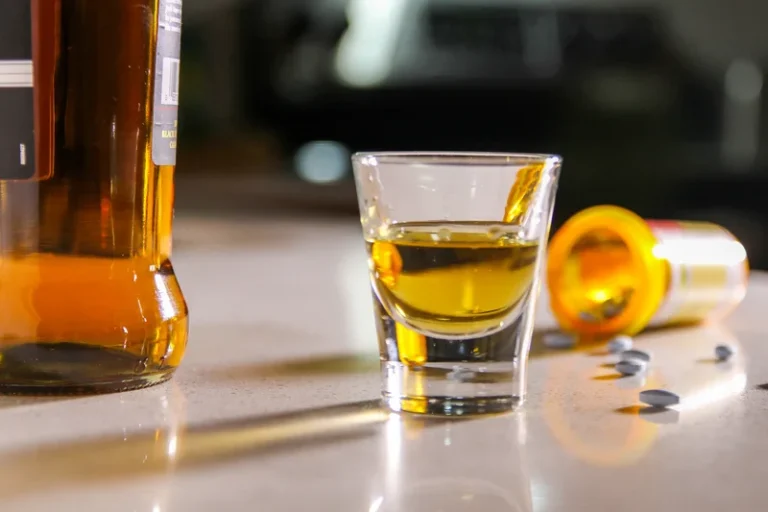
While the future of HPPD research remains unclear, general psychedelics research is going through something of a renaissance. Flashbacks can occur after taking a wide range of psychedelic drugs. But compared to other hallucinogens, flashbacks seem to be most common among people who have consumed LSD. However, the ‘success’ of pharmacotherapy for HPPD should be treated with caution as this disorder appears to have a high propensity for spontaneous remissions – up to 50% of cases within a few months Abraham, 2001.
If you or someone you care about is experiencing intense and frequent flashbacks, you should visit your healthcare provider. It’s important to be honest about your current and past drug use, as well as any history of mental illness. Often diagnosed in people with a history of substance use, HPPD can occur even after the one-time use of triggering drugs, which include LSD, phencyclidine (PCP), methylenedioxymethamphetamine (MDMA), and cannabis (marijuana).
- If you or someone you care about is experiencing intense and frequent flashbacks, you should visit your healthcare provider.
- Being prepared as much as possible for how you’ll respond to HPPD symptoms could be helpful, especially with more intense episodes.
- Placing hay bales in fields where cattle are kept during the winter frequently results in herbicide injury if the field is planted to soybean (Figure 2).
- Treatment for bipolar disorder often involves mood stabilizers, while HPPD requires a different therapeutic approach.
- A MEDLINE literature search (1994–2011) with the keywords ‘Hallucinogen persisting perception disorder HPPD’ was conducted.
Hallucinogen Persisting Perception Disorder Treatment
The symptom range of HPPD is remarkably complex with sufferers experiencing different phenomenon along a broad spectrum ranging from benign to severe. Individuals with severe symptoms may be unable to perform basic tasks required for a normal life which is medically referred to as a disorder. The spread of herbicide resistant weeds has led to an increase in herbicide rates and the types of herbicides used in corn and soybean.


